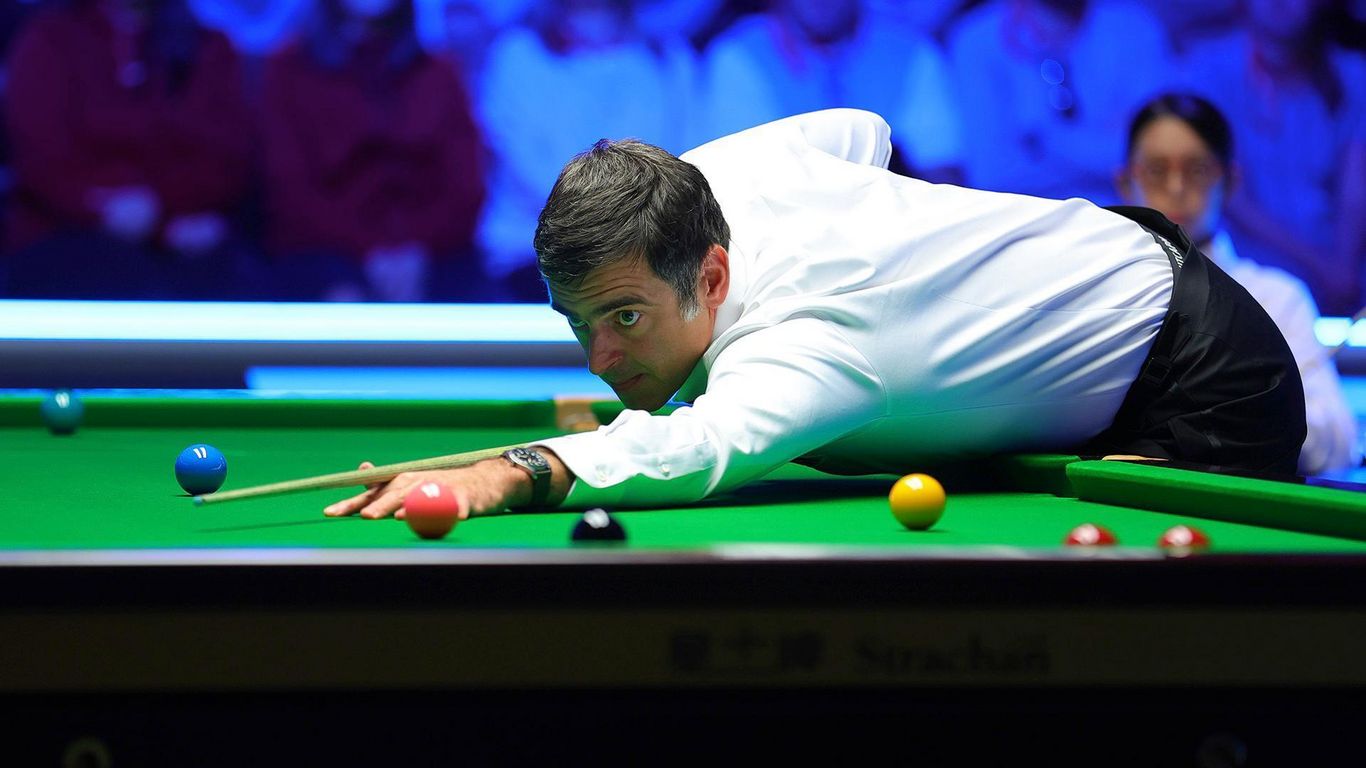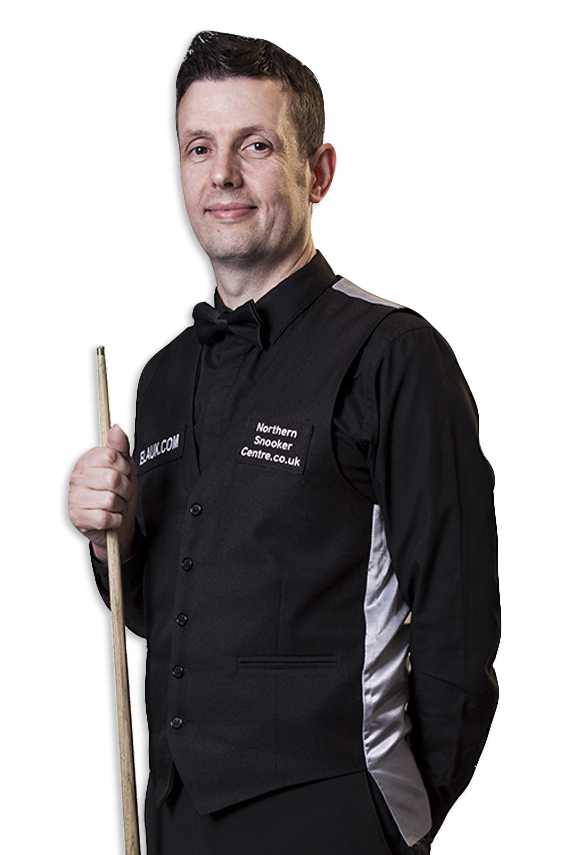
Billiards and pool are very similar games, but there are a few key differences. First, the tables used in each game are different. Billiards tables can be larger than pool tables. Additionally, they use larger balls. Billiard cues also have a thicker and shorter cue length than pool cues.
Carom billiards uses no pockets
Carom-billiards are unlike pocket billiards in the fact that they have no pockets for holding the balls. They also use three instead of four balls. The cue is used to aim the balls at certain points. These games require a lot skill and ingenuity. Each player gets three attempts per turn. Although a player can earn up to 500 points, the highest recorded score is only 427.
Carom billiards' objective is to accumulate as many points as possible before your opponent and do it within a time limit. A successful shot earns you one point. Misses are not penalized. Players can also try their hand at playing artistic billiards by using Aramith Carom Balls.
Only 3 balls are used
Billiards and pool are two variations of the carom. Both games employ three balls, a caromball and a redball. The cueball is also used in carom billiards. The yellow, brown and blue balls are the remaining balls. Both of these games can be played on five-by-10-foot pool tables.

Billiards is played at a 5-by-10-foot pocketless table and three balls. In three-cushion, the cueball is marked on one end with a small black dot. The object ball will always be the red ball. The goal of the game's objective is to score as many points possible.
Snooker cloth features a distinct directional nap
The snooker cloth has a distinctive directional nap which affects the trajectory and flight of the ball. It is thick and made of 100% wool. This is a different cloth from carom, which is typically worsted for speed. Both types of cloths have different purposes and are used for different games.
You can most easily see the directional difference in a slow shot towards middle pocket. If the ball is not played at a dead weight, it will fall into the side cushion. In order to prevent this, aim your shot towards the inside or far jaw of the middle pocket.
Modern billiards cues
Modern billiards utensils are quite different from traditional pool cues. They are made from different materials. In fact, the internal male/female connection points almost always are made from brass or steel. These materials are resistant to temperature fluctuations and shrink less than other material. Cues made of high-quality materials can also be adorned with silver and precious stones.
Billiards were born out of outdoor stick and ball games. The game is also known by the name "ground-billiards", and it's very similar with modern games like hockey, croquet, or golf. Modern billiards cues have different functions, despite the similarities.

History of billiards
The history of pool and billiards can be traced back to the 14thcentury when ground billiards was invented. While it's not known where the word "billiards” came from, there are two French words that could be its source. The first is billette, which refers the mace stick that's used to banish balls. While the second is bille, which is the French word for tail, it is believed to be billette. Frenchmen contributed to the evolution of the game in addition to its English-language inventors.
In the early eighteenth century, billiards and pool became popular in England and Europe. King Henry VIII, Edward VI, the Archbishop and Archbishops of Glasgow attended events that featured games. Cardinal Thomas Wosley was a friend of the King and wrote a letter praising pool. Billiards was an important game. French kings, noblemen, and others commissioned joiners to make their billiard tables in the 17th Century. Over the centuries, the game has seen a lot of change. The role of pockets has also changed.